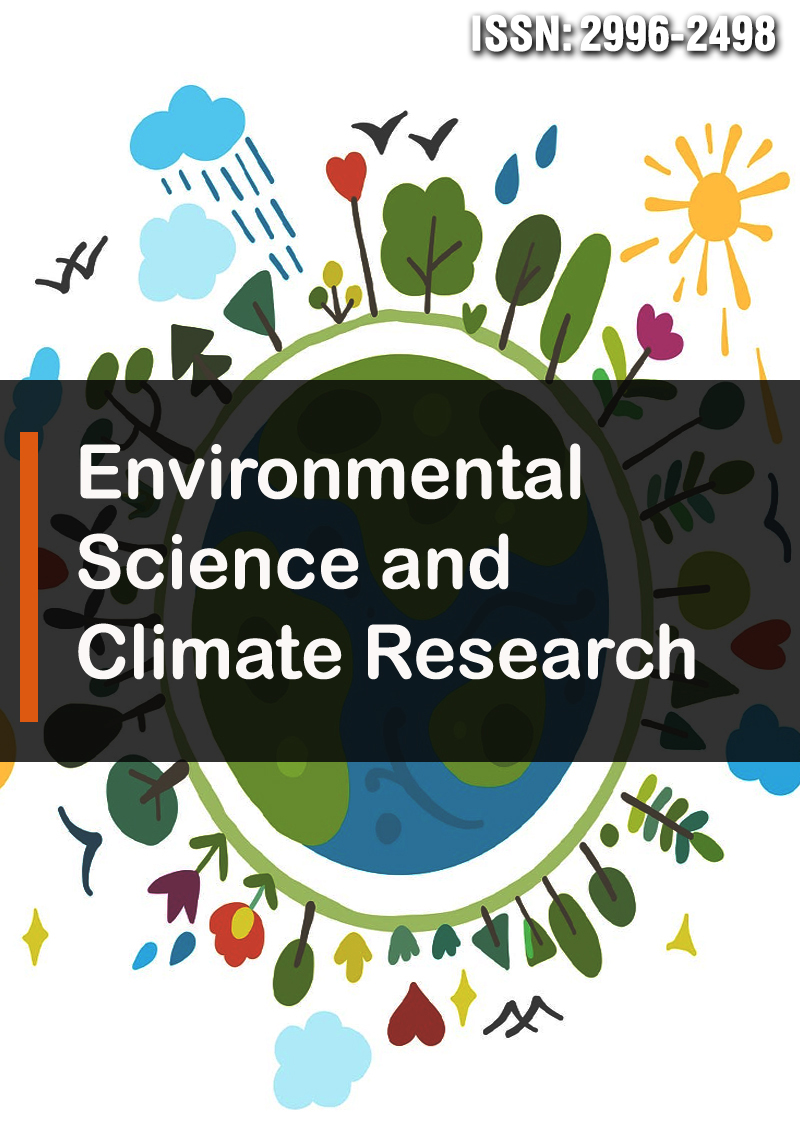Biological Importance of wild Sunflower Seed (helianthus annuus l.) Weed of North Tamaulipas, Mexico
Abstract
Juan Manuel, Ma. Eugenia Cisneros-Lopez, Miguel Angel Valdez-Hernández, Flor Elena Ortiz-Chairez,Covarrubias RamÃÂrez, Martin Espinosa Ramirez, Ruben Garza Cedillo
Helianthus annuus L. or wild sunflower is a weed that reproduces by seed, and affects sorghum and corn crops. The objective was to determine the importance of H. annuus seed and soil salinity in crops in northeastern Mexico. The seed was hydrated for 24 hours to evaluate germination and vigor, then the seeds were placed on filter paper in Petri dishes at 5° C for seven days at 25° C. The variables to be evaluated were: seedlings, percentage of dead and hard seeds, and vigor at the first count. The incidence of fungi associated with the seed was also evaluated, which were morphologically identified, as well as the incidence of insects in the heads, the number of larvae and adults were recorded. It was determined that the soils of the sampled localities have low salinity levels (CE=1.23 dS m-1), with high levels of sodium and sulfates (10.6 me L-1). The effect of the collection on the physiological and sanitary condition of the seed was observed. The mean was 67.2 and 5.2 % of normal and abnormal seedlings, 8.7 and 20.5 % of dead and hard seeds, with 2.0 % vigor. That is, this species has a percentage of seeds that can remain in the ground in dormancy to reproduce. Alternaria alternata, Fusarium oxysporum and the beetle Lasioderma serricone were the pathogens found in wild sunflower seed.



